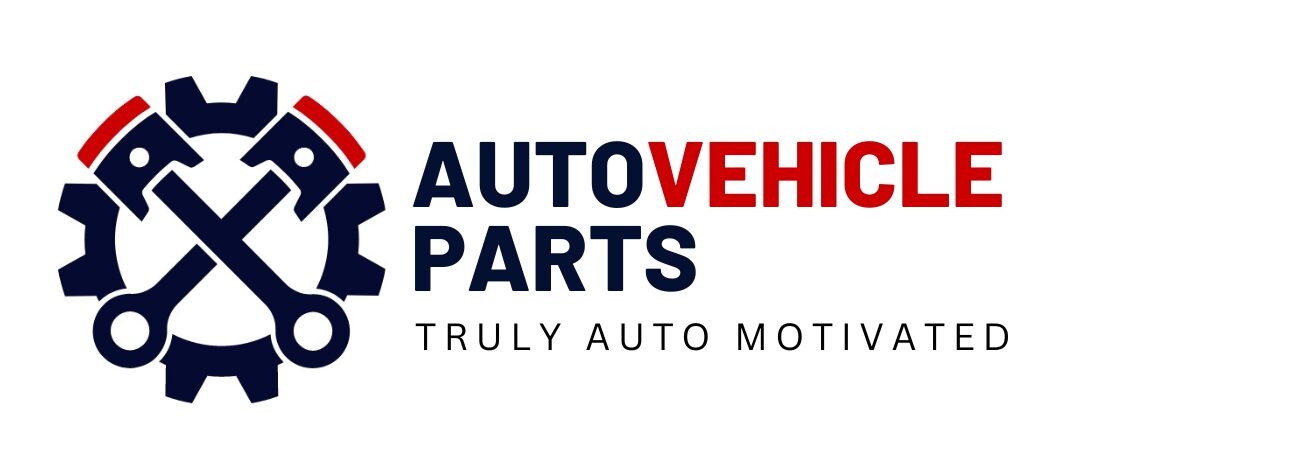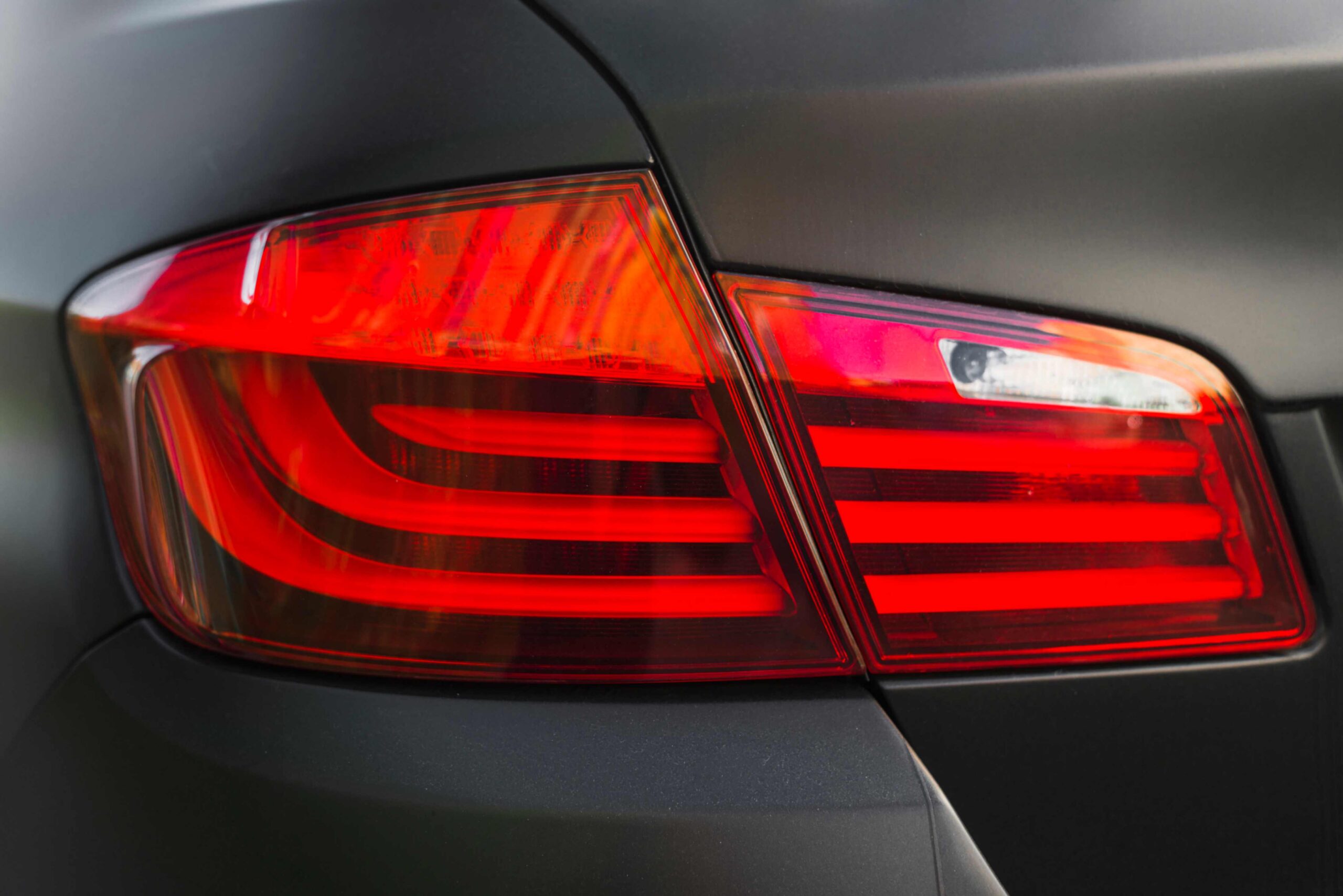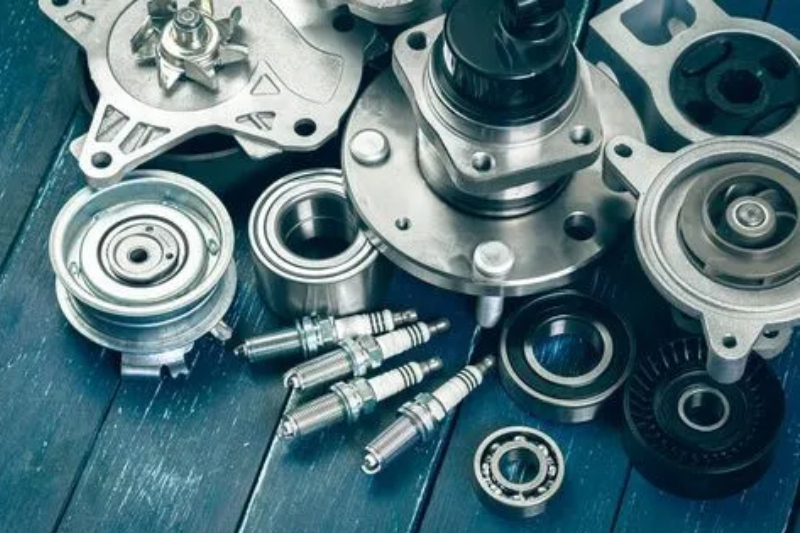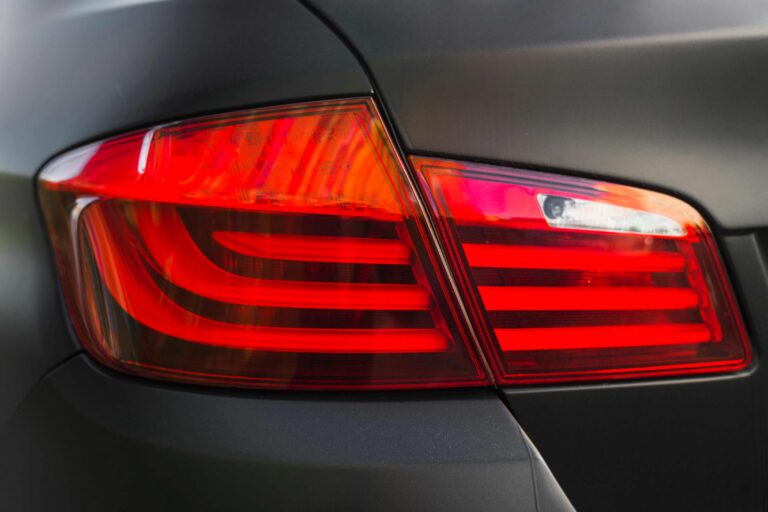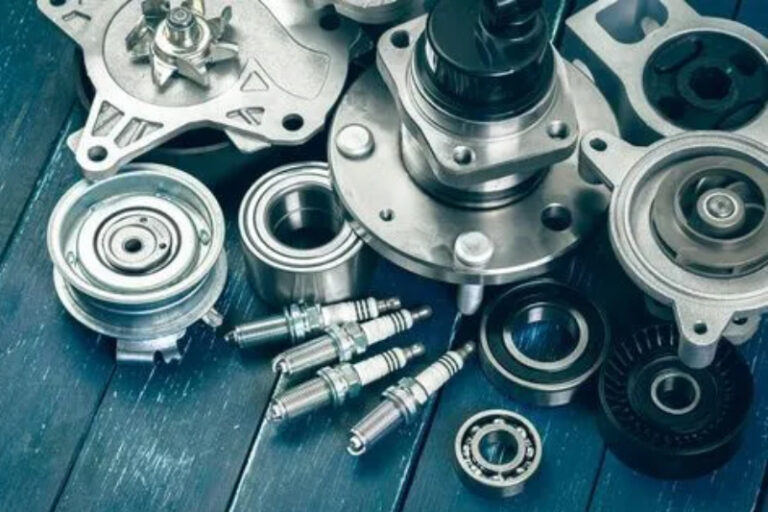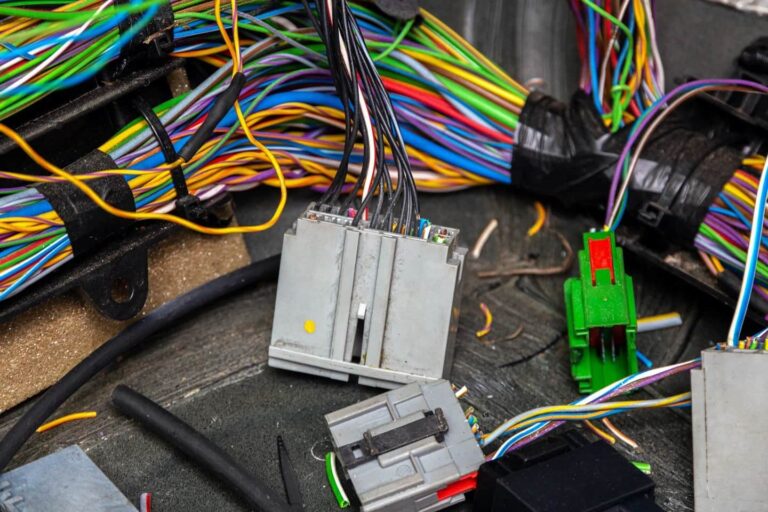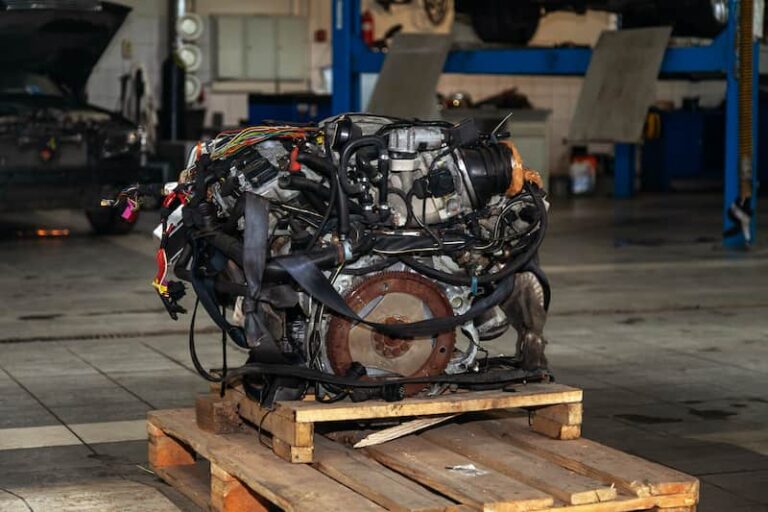Seeing the “Engine Power Reduced” message flash on your dashboard can instantly make any driver anxious. This warning typically appears when your vehicle’s computer – also known as the Electronic Control Unit (ECU) – detects a fault that could harm the engine or create unsafe driving conditions. To prevent further damage, the ECU limits the power output and may put your vehicle into what is known as limp-home mode. When this happens, you may notice sluggish acceleration, hesitation, or a complete loss of throttle response.
Even if you don’t immediately feel the effects, the car’s performance may deteriorate the next time you drive. In more severe cases, the ECU can shut off fuel delivery altogether, forcing the engine to stall. Understanding this warning is essential because it tells you your vehicle needs immediate attention before a minor fault becomes a major repair.
Common OBD-II Codes Linked to Engine Power Reduction
When the ECU detects a malfunction, it stores Diagnostic Trouble Codes (DTCs). These codes help identify the system or component causing the issue. Some of the most common codes related to “engine power reduced” include:
- P0120–P0124 – Throttle or pedal position circuit faults
- P0220–P0223 – Throttle/Pedal Position Sensor “B” Circuit issues
- P2105 – Forced engine shutdown due to throttle actuator failure
- P1125 – General throttle or system malfunction
- P1518 – Communication fault with throttle control or sensor
- P2111 – Throttle actuator stuck open
- P2135 – Accelerator pedal and throttle sensor voltage mismatch
While these codes point to specific problems, they don’t always mean the component is faulty. Wiring issues, corrosion, or bad connections can trigger the same codes, which is why proper diagnosis is essential.
What Should You Do When the Low Engine Power Light Appears?
If this warning appears while you are driving, it is best to pull over safely and run basic checks. Continuing to drive aggressively may worsen the underlying issue. Many drivers can perform a preliminary inspection at home, especially if the problem is due to something simple like a loose connector or clogged air filter.
Known Model-Specific Issues
Some manufacturers have common engine power–reduced complaints:
◉ GM Throttle Assembly Failures
Certain GM models are known to suffer throttle body issues that trigger reduced power mode along with P2135. If you own one of these models, having your vehicle inspected by a GM-certified technician is strongly recommended.
◉ Ford F-150 Charge Air Cooler Moisture Issue
Between 2011 and 2013, several Ford F-150 models equipped with turbocharged engines experienced sudden loss of power at highway speeds. Moisture buildup inside the Charge Air Cooler (CAC) was found to be the cause. Ford released a service bulletin for this issue, advising inspection and replacement where necessary.
These examples show how system-specific or model-specific issues can trigger limp mode due to airflow or throttle control problems.
Can You Fix Low Engine Power at Home?
In some cases – yes. If the warning is triggered by a basic issue like a dirty connector or loose ground, home repairs may be possible. However, reduced engine power is often tied to electronics, wiring, and sensor circuits, so you must approach the diagnosis carefully.
◉ Start by Checking Ground Connections
The engine ground is critical for correct sensor readings. A loose, corroded, or damaged ground can cause voltage drops and miscommunication between sensors and the ECU. Using a digital multimeter to check ground resistance can help identify hidden issues.
◉ Inspect Connectors and Wires
Before replacing any sensors, disconnect and inspect each connector:
- Look for corrosion
- Remove dust and debris
- Tug wires lightly to ensure they’re not loose
- Check for exposed or frayed wiring
Many “faulty sensor” codes are actually caused by poor wiring or moisture infiltration rather than a failed part.
◉ Verify DTC Components Before Replacing Them
Just because the code mentions a sensor does not mean that sensor is bad. For example, P2135 might point to the throttle position sensor – but the real issue could be a loose connector or faulty wiring harness. A simple cleaning and tightening may solve the issue.
What If You Cannot Fix the Low Engine Power Problem Yourself?
When home troubleshooting doesn’t work, the next step is visiting a professional mechanic or service center. Advanced scanning tools allow technicians to dig deeper into live data streams, voltage readings, and sensor behaviors.
A good technician will:
- Perform a complete diagnostic scan
- Test the affected circuits and components
- Inspect connectors and wiring harnesses
- Provide an estimate of parts and labor
Although professional repairs may cost more upfront, they often save time and prevent unnecessary parts replacement.
What If Your Car Doesn’t Have a “Low Engine Power” Warning?
Some vehicles lack a specific warning light for reduced engine power. Instead, you may notice symptoms such as:
- Poor acceleration
- Sudden loss of speed
- Hesitation or misfiring
- Limp mode activation
- Rough or unstable idle
Even without a dedicated warning, the problem should be diagnosed immediately. Driving in limp mode for extended periods can damage other components and result in higher repair costs.
Here are some problem areas worth checking even if no codes are present:
Air Filter
A clogged air filter restricts airflow, affecting engine performance. It won’t trigger an error code, but it may cause sluggish response or rough acceleration.
Fuel Pump
A failing fuel pump makes the engine struggle to start or maintain speed. This issue may not trigger a warning light, but it requires immediate attention.
Low Tire Pressure
Though unrelated to engine power, low tire pressure affects traction and can create the impression of poor engine response on slippery roads.
FAQs
Most commonly, throttle body issues, bad sensors, electrical faults, or wiring problems trigger the warning. The ECU reduces power to protect the engine.
It is not recommended. Reduced engine power mode is meant to prevent further damage. Continued driving can escalate the condition or cause unsafe situations.
Cleaning the throttle body, repairing wiring, replacing the throttle position sensor, or securing ground connections often solves the issue.
It may temporarily reset the ECU – but it won’t fix the underlying problem. If the fault remains, the warning will reappear shortly.
Repairs can range from $50 for cleaning connectors to $300 for sensors and up to $1,000+ for throttle body or wiring harness repairs.
